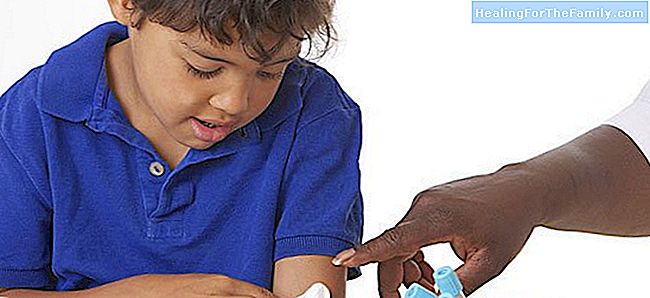Purple disease in children
Purple de Schönlein-Henoch disease (PSH) is a vasculitis, like Kawasaki disease. The word 'vasculitis' means 'disease due to the inflammation of various blood vessels'. PSH is the most frequent vasculitis in the pediatric age. It mainly affects males between 2 and 6 years of age. How to detect purpl
Purple de Schönlein-Henoch disease (PSH) is a vasculitis, like Kawasaki disease. The word 'vasculitis' means 'disease due to the inflammation of various blood vessels'. PSH is the most frequent vasculitis in the pediatric age. It mainly affects males between 2 and 6 years of age.
How to detect purple disease in children
From a clinical point of view, the main manifestations are:

-
Purple palpable. A purple is a lesion similar to a bruise, but small in size. It is called 'palpable', because if we pass the finger over it, we will touch a certain relief. It is usually present in the lower limbs and buttocks. -
Digestive symptoms. There is usually abdominal pain with colic features, and may be accompanied by bleeding in the stool. In some cases there may be an intussusception (so called to the introduction of an intestinal segment in another distal to him). -
Articular symptoms. Pain, inflammation-
Renal involvement. In the form of bleeding, or in the form of abnormal emission of proteins through the urine. -
Other symptoms. Testicular inflammation, headache, cardiac involvement. Diagnosis and treatment of purple disease in childhood
The diagnosis of this entity is made by the clinic, although your pediatrician will do a blood test (to confirm that the number of platelets is correct) and a urine test ( to rule out involvement of the kidney).
The course of the disease is usually self-limiting, and it subsides spontaneously. If there are important digestive, joint or renal symptoms, you can resort to treatment with steroids, which exert a powerful anti-inflammatory action.












